How to master temperature monitoring in critical environments

Jakob Konradsen
Temperature monitoring is a compliance essential for healthcare logistics, pharma, biotech, and other regulated industries working with sensitive products. Here is why – and how to master it.
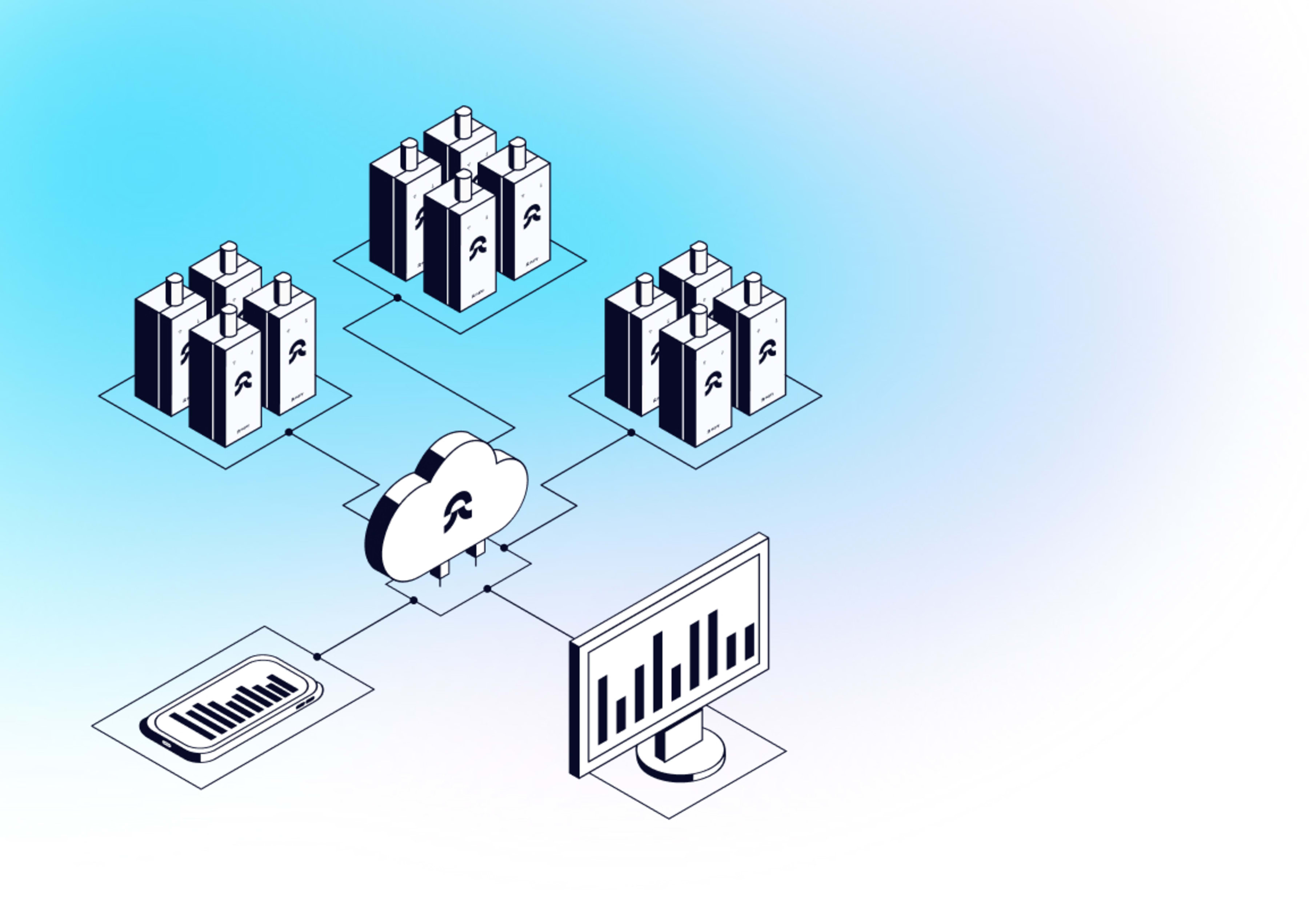
On this page, you can look into:
- What temperature monitoring is, and why it is important
- What is a temperature monitoring system?
- The 4 monitoring devices that make up a monitoring solution
- Where to place your monitoring sensors
- How to choose a temperature monitoring system?
- What is the right monitoring system for your TCU or facility?
- What is the right monitoring solution for your industry?
- 8 compliance requirements of monitoring you should know
- FAQ about temperature monitoring
What is temperature monitoring?
Temperature monitoring is the quality process of continuously tracking and documentation of temperature levels within a controlled environment, which can range from refrigerators and freezers to storage containers and large-scale warehouses.
Through a temperature monitoring system, the goal is to monitor the surroundings to make sure that products and samples are kept under optimal conditions to uphold their quality and integrity.
Monitoring temperature – and often also humidity – is particularly critical, and consequently also a regulatory requirement, in industries that handle temperature-sensitive goods, such as pharmaceuticals, biotechnology, and logistics.
Why is it important to monitor temperatures?
Pharmaceutical products, biotech samples, and many other materials are often highly sensitive to both temperature and humidity levels, and even minor fluctuations can compromise quality.
Ensuring a consistent thermal environment is therefore essential to maintain the quality of everything from medicine to valuable research are kept safe and can proceed without risk to efficacy or the well-being they are put in the world to protect - and this is secured through reliable, constant monitoring of the environment.
Failing to monitor and maintain the right conditions can lead to product quality issues, unreliable research, compliance failures, and financial losses. As such, Inadequate control can result in reduced credibility in a market where precision is paramount as well as ineffective treatments jeopardizing patient safety.
Following GxP guidelines, thermal monitoring is conducted during the extent of a product’s lifetime – from the development level to production, transport, and storage.

When is temperature monitoring used?
Common applications span from the refrigeration of compounds in research laboratories to the storage of life-saving medicines in healthcare facilities, and the real-time temperature tracking of goods across global supply chains.
A rule of thumb is that if the product or material is sensitive to temperature variations or if its quality, safety, or efficacy could be compromised by deviations from a controlled temperature range, then temperature monitoring is necessary. This applies to all parts of the supply chain – from research and development to manufacturing and transport.
Pharmaceuticals, for example, require strict temperature control to maintain their therapeutic properties and ensure patient safety.
Remote temperature monitoring: What is it and how does it work?
Remote temperature monitoring allows you to track environmental conditions without being onsite, using connected devices and cloud access. The approach is ideal for multi-site operations or distributed teams, but can often minimize both time spend and risks for any operation.
Tip! Also consider remote temperature monitoring via cell phone - the features, benefits, and what to look for in a mobile-ready solution.
What is a temperature monitoring system?
A temperature monitoring system is a – more or less digital – solution designed to record and manage temperature and sometimes also other environmental data, making sure the conditions are within the relevant ranges.
The systems can alert personnel to temperature deviations, allowing for prompt action to maintain compliance and product integrity.
At its core, systems monitoring temperature work like this:
- A network of temperature monitoring devices – most often in the form of data loggers with relevant sensors – continuously measures and records temperatures (and potentially also humidity levels).
- The data is either automatically or manually transferred to a centralized platform.
- The platform allows users to observe conditions, receive alerts if temperatures deviate from the set parameters, and maintain a trail of data for compliance purposes.
Some systems can also predict trends and suggest adjustments, making them an indispensable ally in protecting product integrity and meeting rigorous industry standards.
A monitoring systems typically consist of:
- sensors that measure temperature
- data loggers to record the information
- software to monitor, analyze, and report on the data
It can be a remote temperature monitoring system or require local presence.
The exact features and combination of temperature monitoring devices depend on the specific product needs and regulatory requirements.
Also read: 9 frequent flaws in temperature monitoring systems.
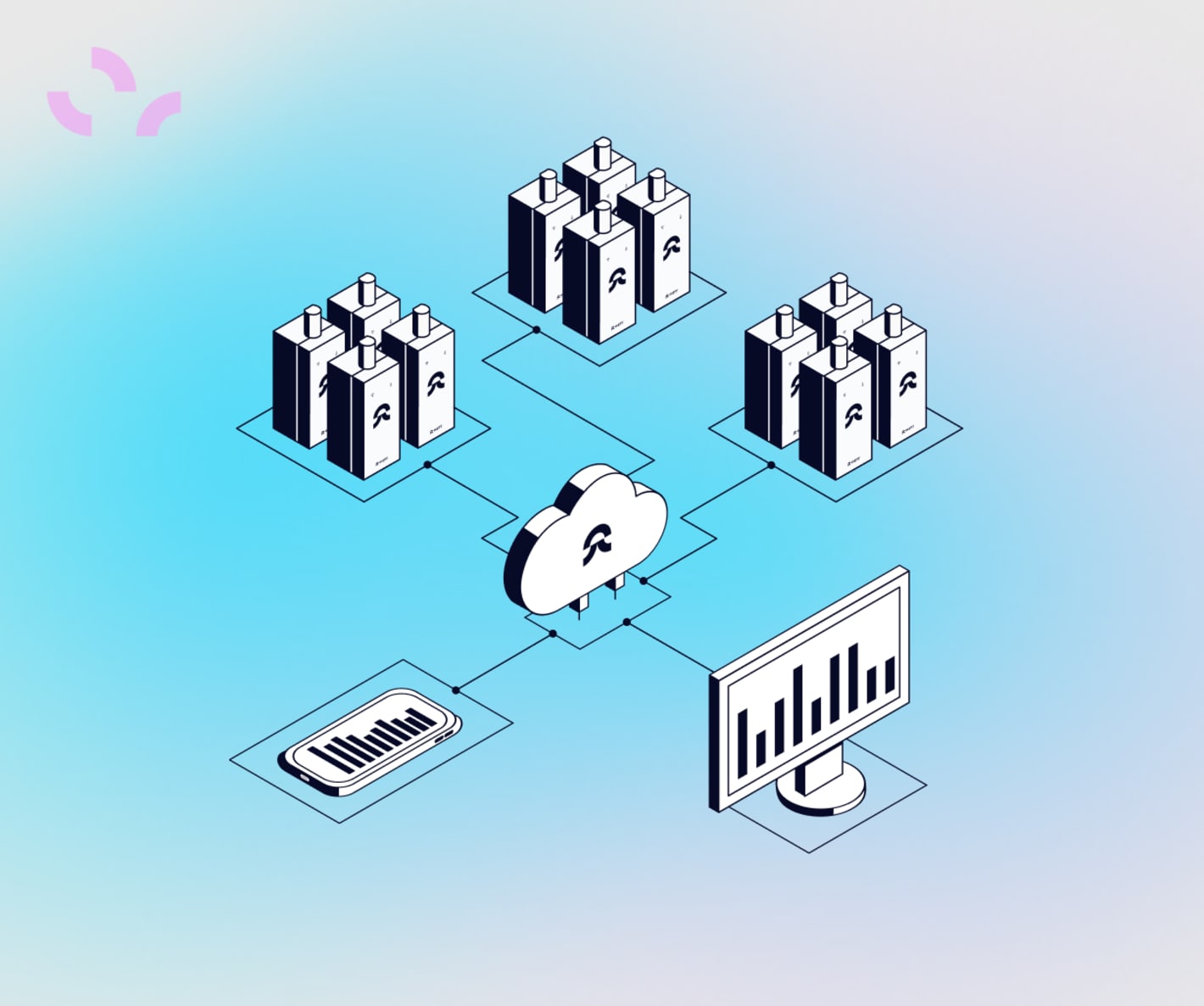
How do temperature monitoring systems work?
Systems monitoring temperatures operate on a straightforward yet sophisticated principle: They continuously surveil temperature to make sure the content of a specific environment is stored safely. These environments can be anything from fridges or ULT freezers to large-scale warehouses.
Fundamentally, temperature monitoring systems:
- Record: At the core of the system are temperature monitoring devices, typically data loggers equipped with precise sensors, that record and log temperature readings (in some cases, humidity levels too).
- Transfer: These readings are then transmitted, either automatically or through manual USB exports, to a centralized monitoring platform.
- Analyze: The platform serves as the operational hub, where users can keep an eye on environmental conditions and be alerted to deviations. Depending on sophistication, monitoring will take place either in real-time or staggered, and the platform includes different features designed to ease temperature compliance efforts. Dive into the potential features in the next section.
4 different temperature monitoring devices
A system monitoring temperature or humidity is typically made up of a variety of temperature monitoring devices that work in concert. Understanding the roles of these is key to implementing an effective solution for your needs.
- Temperature sensors: Sensors do the actual measuring. They come in different types, including thermocouples, RTDs, thermistors, and digital sensors, each suited to different ranges and environments. They are designed to operate in various conditions, from extreme cold to high heat, and, when applicable, humidity sensors can also be utilized to monitor relative humidity levels.
- Temperature data loggers: Sensors and data loggers are often used synonymously, but in reality, while sensors do the measuring, the data loggers are the devices that record, collect, and store this data for analysis. They receive a signal from the sensors and are equipped with internal memory and processors to record, store, and sometimes automatically transfer and even analyze the temperature data. Some loggers can store vast amounts of data over extended periods, and they can be wired or wireless, depending on the system's design.
- Monitoring platform: Software that works as the system's interface. Here the data collected by the loggers is analyzed and displayed and depending on the system, alerts or notifications can be triggered in case of deviations. Depending on the data logger and solution, data can be transferred through Wi-Fi or manual USB exports to an adjoining digital platform used for monitoring, analysis, and audit reporting.
- Alarms: Alarms are the immediate response mechanism of a monitoring system. Based on live data transfer and monitoring, alarm functionality can be programmed to trigger, for instance, SMS or email alerts when temperatures deviate from predetermined ranges.
By choosing the right combination of sensors, loggers, and alarms, and utilizing their integration capabilities, you can create a robust solution tailored to your needs.

Where should you place temperature monitoring sensors?
The placement of temperature monitoring sensors should be strategic to ensure accurate and representative readings based on your unique risk assessment.
Some general considerations for placement:
- Near entry points: Position sensors near doors, gates, windows, etc. – in other words, near locations that are prone to temperature fluctuations. Sensors near doors or other openings can alert you to critical temperature changes due to frequent opening and closing.
- Near critical goods: Place sensors close to high-value or highly sensitive products to ensure their storage conditions are continuously monitored.
- At different axes: Since temperature can vary at different levels, sensors should be placed at various heights within a storage unit. Think about the three axes, height, width, and depth, and make sure they are all covered.
- Near technical installations: Technical installations often generate heat. If you have goods near these, make sure to also place sensors in the areas to make sure the temperature doesn’t exceed limits. Tip! Before even placing make sure to conduct a temperature mapping study that has verified that these areas are safe for storage.
- Remote monitoring points: In larger facilities like warehouses, use remote sensors to monitor areas that are not frequently accessed by staff.
Note: It is crucial to follow industry guidelines and the specific requirements of the products being monitored to determine the optimal number and locations of sensors for comprehensive coverage.

3 types of temperature monitoring systems – and when to use them
Temperature monitoring systems are the backbone of temperature compliance for many industries, from pharma and biotech to logistics and cosmetics.
From wired, manual, and USB-driven systems to fully automated temperature monitoring solutions – here are the high-level system types and use cases.
Based on the way data is collected, stored, and analyzed, temperature monitoring systems can be grouped into the following categories:
1. The wired temperature monitoring systems
In a wired system, data from sensors is transmitted to a central monitoring hub through physical cables.
A wired monitoring system relies on physical connections to transmit data from sensors to a central monitoring station.
This setup can lead to many potential headaches. Wired installation is complex and less flexible compared to wireless alternatives, and gathering data involves multiple departments, adding to the complexity.
Last but not least, the costs for such solutions can be extensive and often add up to expenses more than 10 times higher than a wireless solution. Just running the cable to the storage unit will often require several thousand dollars in costs, and then sensors, software, and salaries are added. Calibration technicians have to go on-site to calibrate making the cost of this equally inproportional.
Previously, this approach was needed to maintain consistent data transmission, especially in areas where wireless connections were unstable or prone to interference. Modern advancements in wireless temperature monitoring technology, however, have increasingly addressed these connectivity issues, making wireless systems more reliable even in environments that previously posed significant challenges for wireless signals – in other words, the time of wired temperature monitoring systems is quickly coming to an end.
- Advantages: The system provides stable data transmission that ensures reliable monitoring, especially in environments with potential wireless interference.
- Limitations: Installation is complex and inflexible due to the need for running physical cables, posing challenges in dynamic or spatially constrained settings, data is tricky and time-consuming to retrieve, and costs are often extremely high.

2. The USB-enabled wireless temperature monitoring systems
Wireless USB-enabled monitoring systems use wireless data loggers that collect data, which is then manually downloaded via USB.
Compared to wired systems, these solutions offer more flexibility in positioning sensors. They are particularly beneficial in scenarios where immediate, real-time monitoring is not a critical requirement. On the downside, they require significant manual work to both extract and locate data and can only be utilized when real-time surveillance is not needed.
Such systems are advantageous for their enhanced flexibility
- Advantages: The system offers enhanced flexibility in sensor placement compared to wired solutions.
- Limitations: Staggered monitoring means that deviations cannot be acted upon immediately, and the setup requires significant manual effort for data extraction and analysis, particularly during audits or when specific information is needed.

3. The Wi-Fi-based wireless temperature monitoring systems
In the realm of thermal monitoring, the latest advancements have brought us wireless Wi-Fi-based monitoring systems.
Wi-Fi-based systems use wireless sensors to measure data and transmit the data over a Wi-Fi network to a central system. This setup allows real-time data tracking and analysis, accessible from any location with internet access. Immediate alerts and updates can be sent directly to smartphones or computers, enabling prompt response to any temperature changes to mitigate risks.
- Advantages: The system provides automatic data transfer (no need for manual data transfers), live access from any location, instant alerts, and often digital audit reporting.
- Limitations: They depend on stable connections, which might be problematic in areas with weak network signals, but more sophisticated systems address this by using alternatives like mobile networks or continuous data storage.
This system offers maximum convenience and compliance and is ideal for environments where immediate response to temperature fluctuations is essential – for instance, pharmaceutical production or biotech research settings.
Learn more about remote temperature monitoring systems.
Other types of thermal monitoring systems
Other variations of temperature monitoring systems include Bluetooth-enabled devices that pair with local receivers or smartphone apps for data collection within a short range, ZigBee/Z-Wave mesh networks that enhance connectivity through devices acting as signal repeaters, and cellular-based sensors that transmit data via mobile networks, ideal for remote or in-transit conditions without Wi-Fi or wired infrastructure.
Each type of system has its benefits and is suited to different operational needs. Wired systems are reliable but fixed and costly, USB-based systems are flexible but require manual work, and Wi-Fi-based systems offer the greatest convenience and immediacy for data access and analysis.

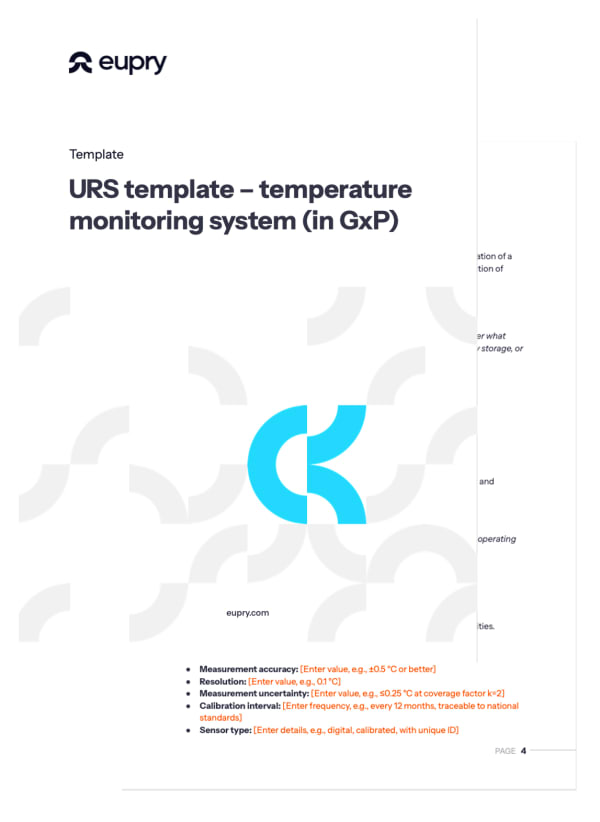
URS template: What should YOUR monitoring system include?
A well‑written User Requirement Specification (URS) is the best route to ensure you choose the right system for you. This template provides a structured starting point aligned with WHO and ISPE to help you design your URS and capture all relevant requirements to ensure consistent, audit‑ready monitoring of all environments.
How to choose a temperature monitoring system?
What features separate an okay temperature monitoring system from a great one? When dealing with various equipment, what factors should you consider? In industries like pharma, logistics, and biotech, what key aspects should you focus on? And what are the weaknesses to look out for?
There is a temperature monitoring solution for any use – and there are several considerations to make when choosing the right fit for you.
Let us go through the most important ones.
13 features to LOOK FOR in a monitoring system
Although temperature monitoring systems work in similar ways, there is a world of difference in both features, the required (manual) effort, and compliance levels. Here are the key functions setting apart sophisticated systems:
10 shortcomings to avoid when choosing a monitoring system
Navigating the landscape of temperature monitoring systems also means spotting the potential issues – each of which can cost you both process effectiveness and compliance levels.
Being able to detect these shortcomings will ease the process of choosing the right monitoring system for you. Here are 10 weaknesses to watch for in temperature monitoring systems:
How to choose the right monitoring system for your TCU or facility?
When seeking a temperature monitoring solution, it is essential to choose one that is compliant with the unique regulations of your sector, equipment, products, facilities, and procedures. Depending on the components, sophisticated temperature monitoring systems can be tailored to suit the environment they serve – from simple, robust monitoring to complex, high-precision systems. Hence, your perfect program fit depends on the space you operate in.
Here are a few things to consider based on your different facilities and TCUs.
Freezer and fridge temperature monitoring system
Whether wired or wireless, temperature monitoring setups for freezers and fridge monitoring systems will include features specially designed for low temperatures such as alarms for out-of-range temperatures. The connected data loggers will include thermal sensors sustainable at low temperatures.
For ULT freezers, this requires external sensors as the technology in the actual logger will most often not be able to sustain the extremely low temperatures of this equipment.
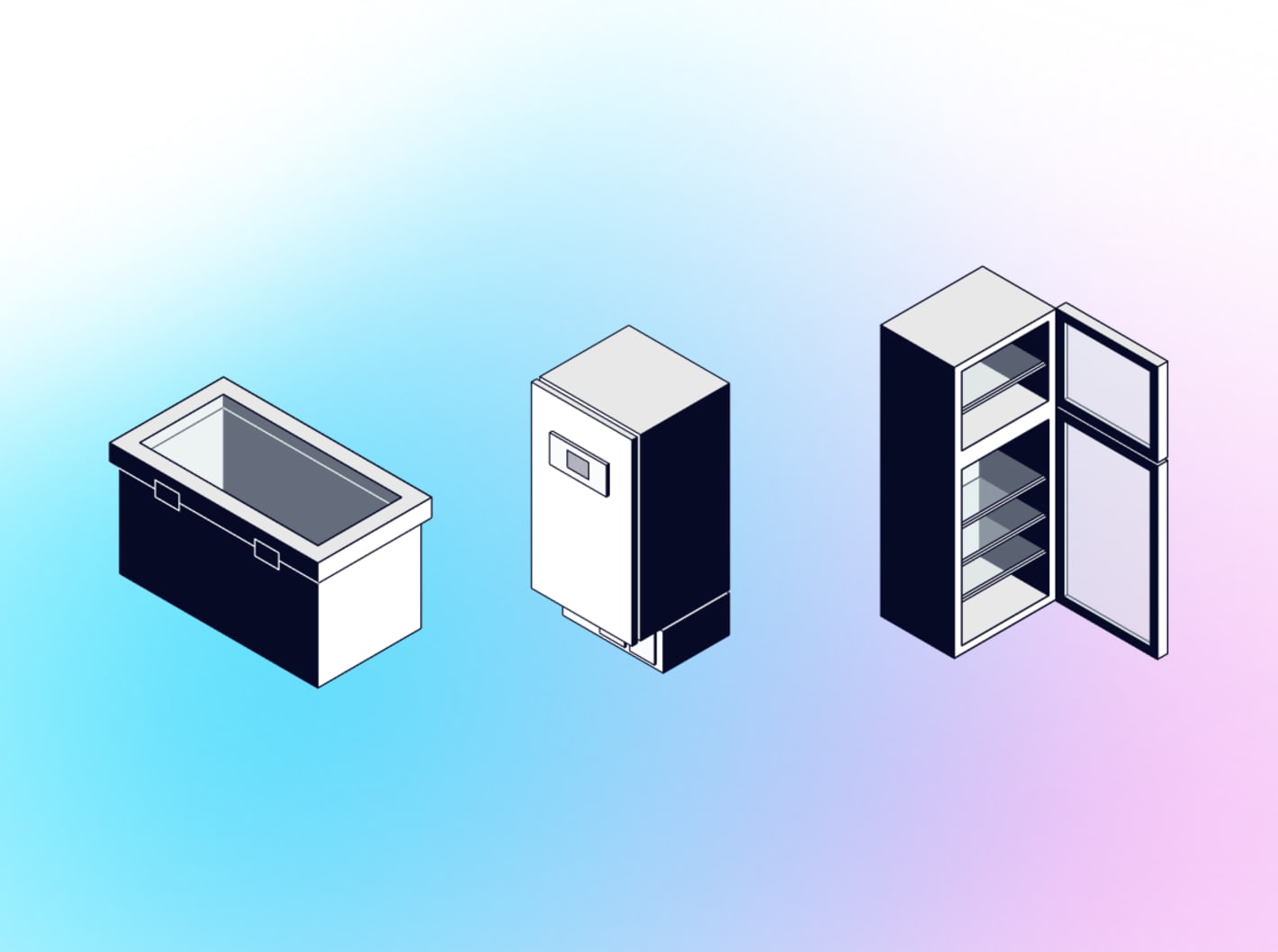
Laboratory temperature monitoring system
Precision is paramount in a pharma or biotech lab setting, and laboratory temperature monitoring systems are engineered to ensure adherence to the stringent regulatory standards governing these environments, ensuring that experiments and processes are performed within thermal parameters.
To support compliance demands, these solutions typically feature data loggers with high-accuracy sensors and come with calibration options that are either traceable or fully accredited. Additionally, some will include features for audit efficiency, providing straightforward access to calibration certificates and facilitating their integration into audit-ready reports.
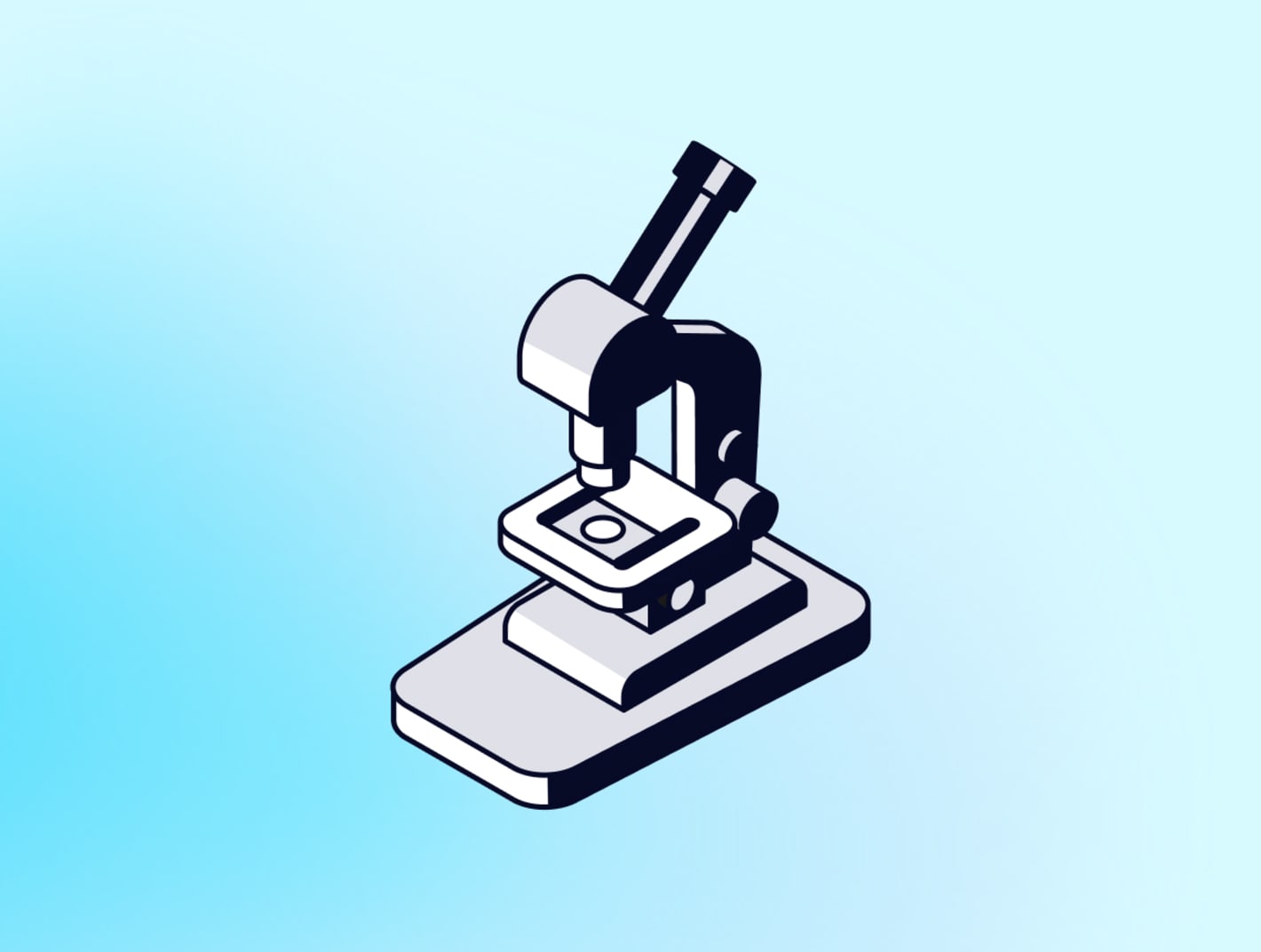
Walk-in cooler temperature monitoring system
Designed for large-scale refrigeration, a temperature monitoring system for walk-in coolers monitors the internal conditions. Features typically include door sensors to track access, energy usage monitoring to optimize operations, and automated reports to aid in compliance.
Typically a walk-in cooler needs several monitoring sensoring points to make sure temperature deviations within are not exceeding limits. To determine sensor location a temperature mapping exercise can be performed. Often, it is also wanted to monitor the performance of the cooling unit which among other ways can be done by measuring if the cooling unit is powered.
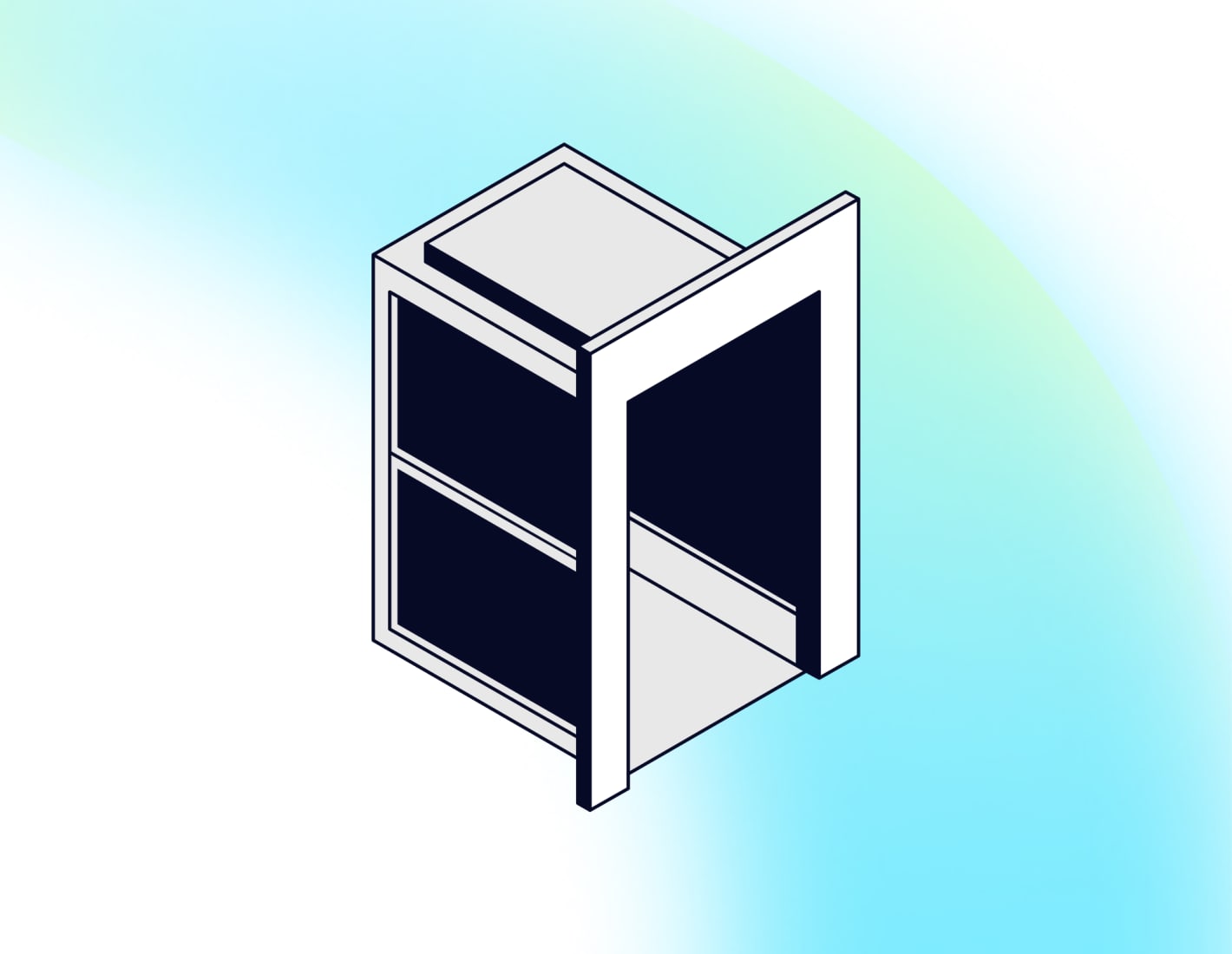
Warehouse temperature monitoring system
A warehouse temperature monitoring system is integral to maintaining the right conditions in vast spaces where temperature gradients can occur.
These systems will offer remote monitoring and comprehensive coverage that often requires a network of sensors to provide spatial temperature data and ensure uniformity across different zones. Advanced systems can include integration with HVAC systems for automated climate control.
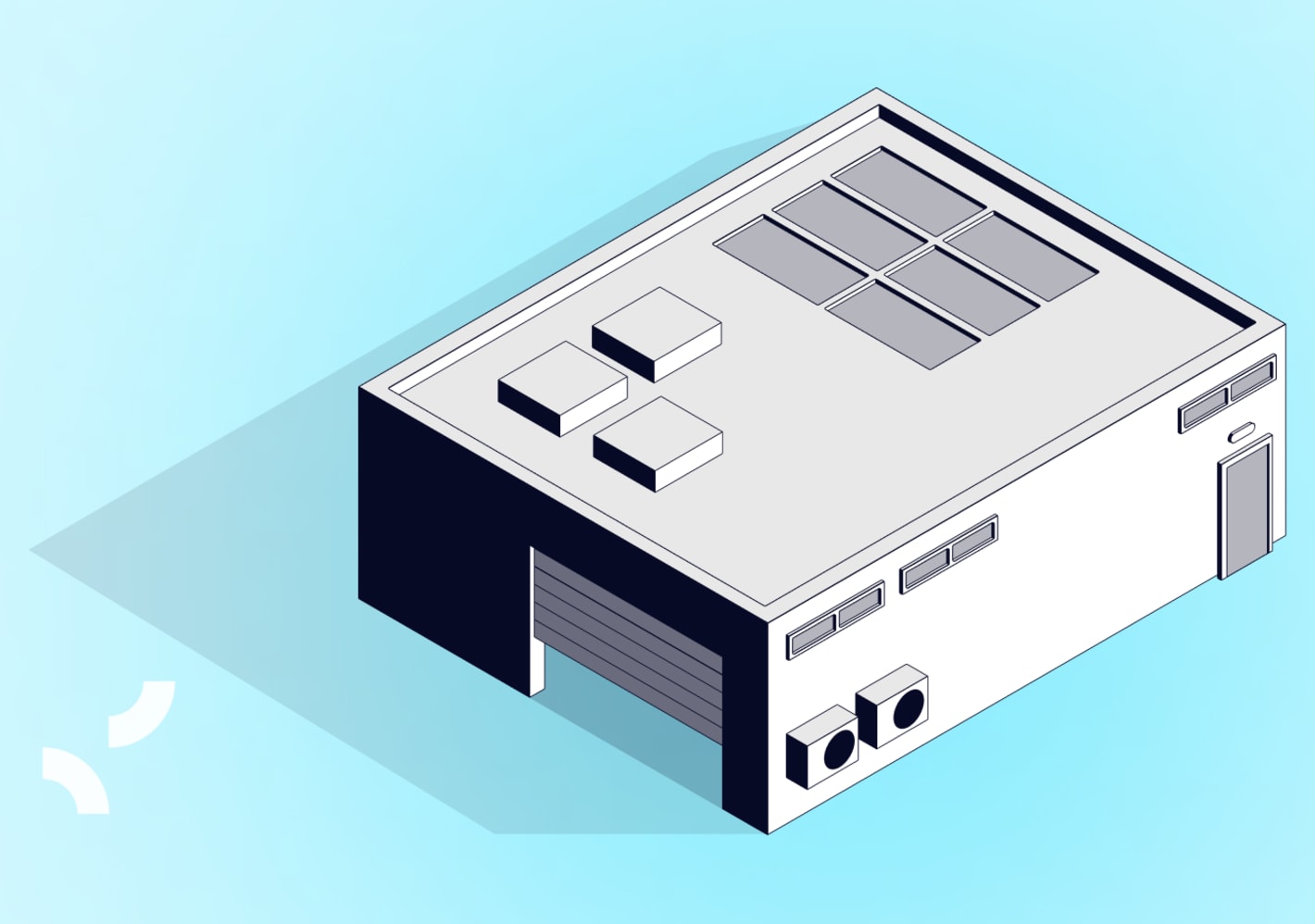
Storage container temperature monitoring system
Ensuring stable temperatures in storage containers requires a system that can adapt to varying external conditions and connection challenges. These setups will typically include strategically placed sensors to account for the changing outdoor environment, wireless connectivity to make data retrieval without needing physical access possible, and battery-powered routers that can circumvent potential issues with connectivity.
These features are indispensable for the requirements of the logistics sector.
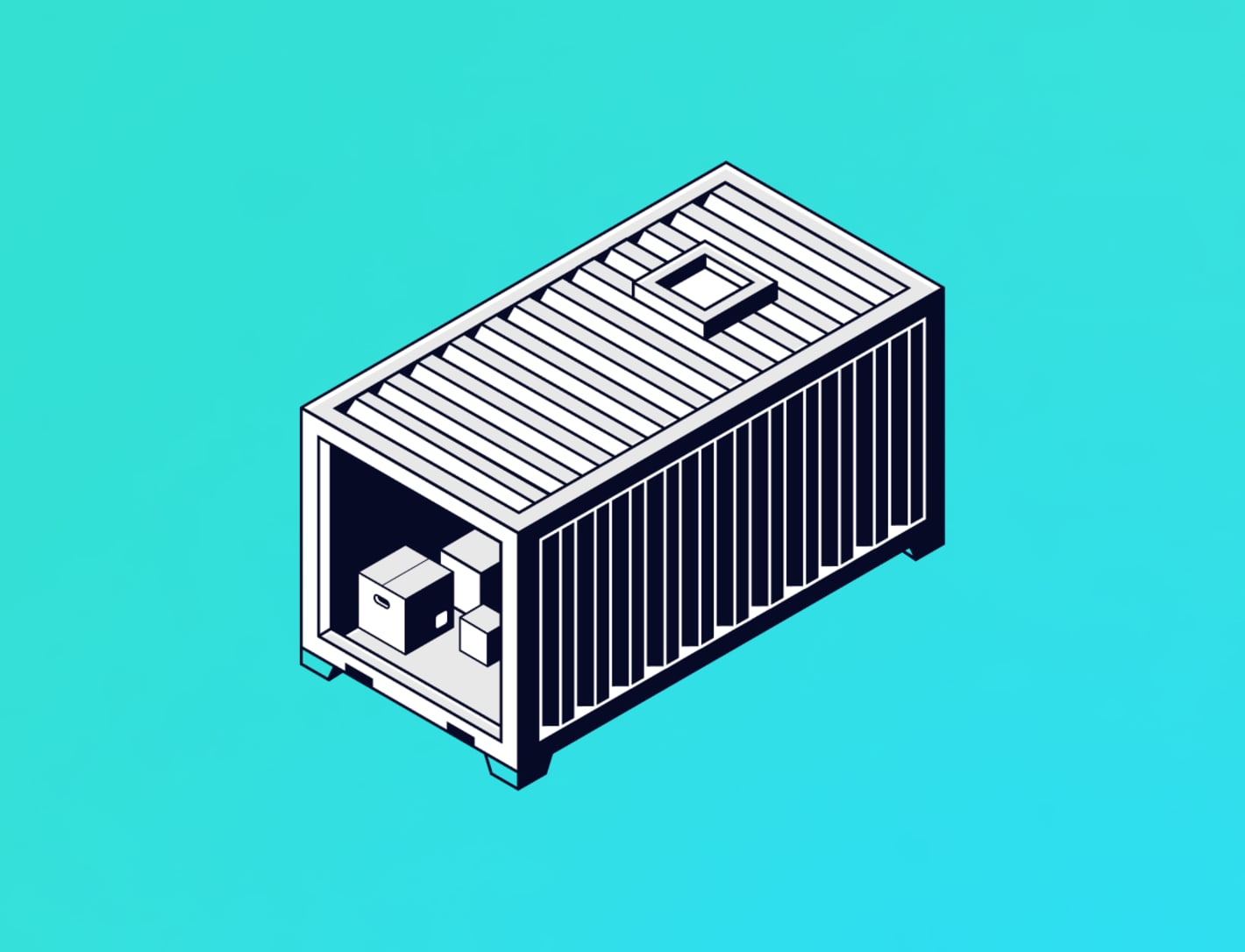
How to choose the right temperature monitoring system for your industry?
Whether it is logistics, pharmaceuticals, biotechnology, or other GxP-regulated industries – here are a few things to look for when choosing a temperature monitoring system in GxP.
Temperature monitoring systems for pharma
Look for a robust monitoring system with an emphasis on regulatory compliance – that evolves with them. Ideal solutions should offer accredited calibrations, secure data protection, and features that comply with requirements. Additionally, auditing is a necessary, often time-consuming, evil for many pharmaceutical companies; look for solutions that will make this process less straining.
Temperature monitoring systems for pharma should cater to the entire pharma lifecycle from R&D to drug distribution and logistics, ensuring GMP and GDP compliance.
For instance, look for:
- features that will make your audit processes simpler – such as digital reporting tools.
- ISO 17025 accredited calibration included, secure data handling, and features supporting regulations like FDA 21 CFR Part 11.
- processes designed to adapt to the evolving regulation landscape.
- dependable backup systems, automated data capture, live monitoring, and instant alerts to maintain data integrity.
- a system that scales to mass production and can easily adapt to all stages of the pharmaceutical value chain from development and manufacturing to distribution.
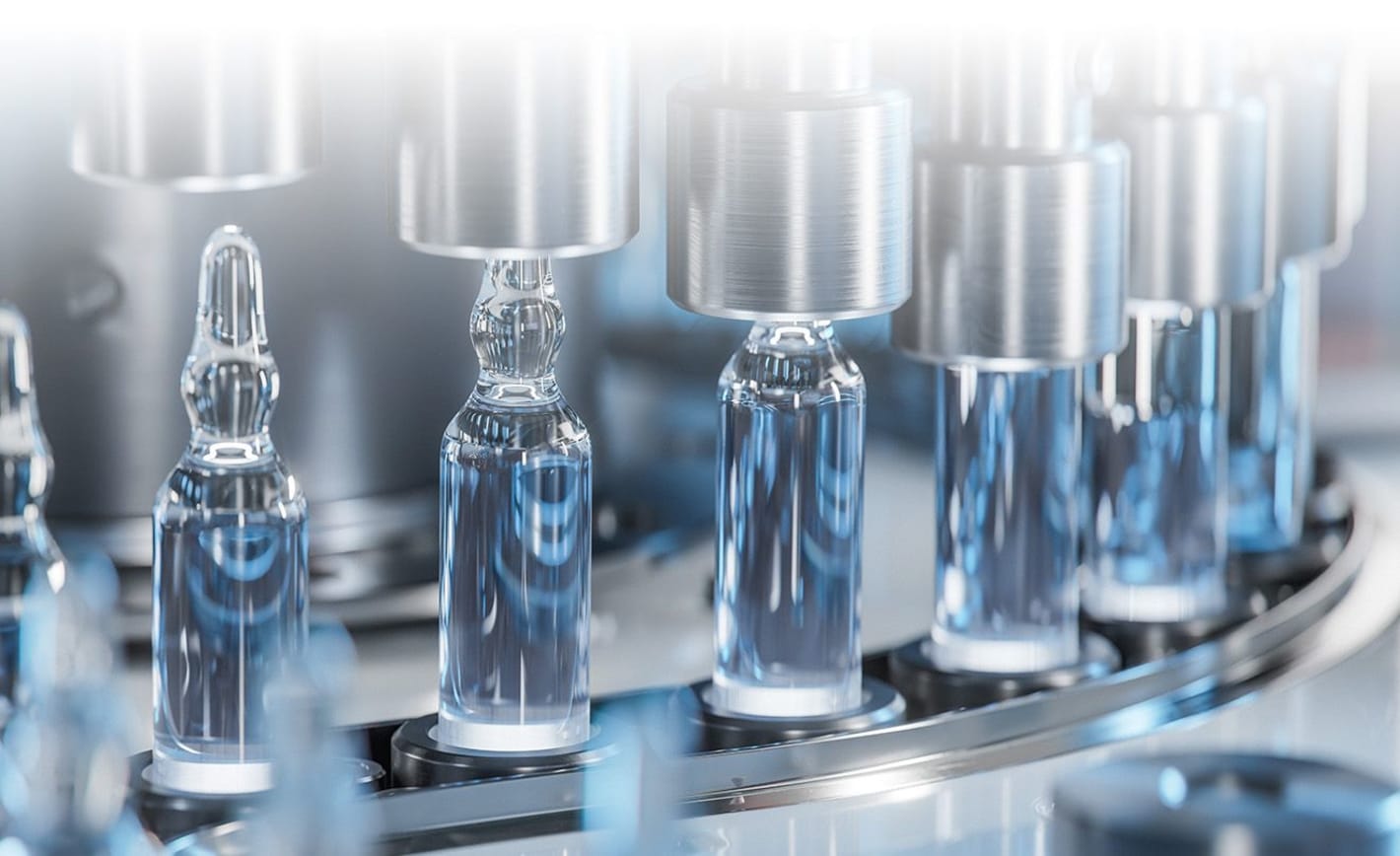
Temperature monitoring systems for healthcare logistics
Durability and connectivity are key for temperature monitoring systems designed for healthcare logistics. Look for reliable temperature monitoring solutions that can handle the challenges of securing data integrity during both transport and storage.
Also, consider the capability to adapt to the distribution of highly sensitive products, such as pharmaceuticals. Even if your company doesn't currently work in this area, having systems that meet the demands of these types of products can simplify future expansion.
Flexibility in calibration options can be a cost-saving advantage, allowing you to switch between accredited and traceable calibration, without compromising GDP compliance following the requirements of the FDA and other regulatory authorities.
For instance, look for:
- reliable wireless connectivity and mobile network support.
- adherence to Good Distribution Practices (GDP) and FDA considerations.
- data loggers that offer durability and offsite, Wi-Fi-based monitoring.
- scalability to large-scale facilities like warehouses and distribution centers.
- flexibility in compliance levels – for instance in accredited vs. traceable calibration – to adapt to various types of goods and reduce costs when possible.
Also read: Remote temperature monitoring via cell phone: Features, benefits, and what to look for
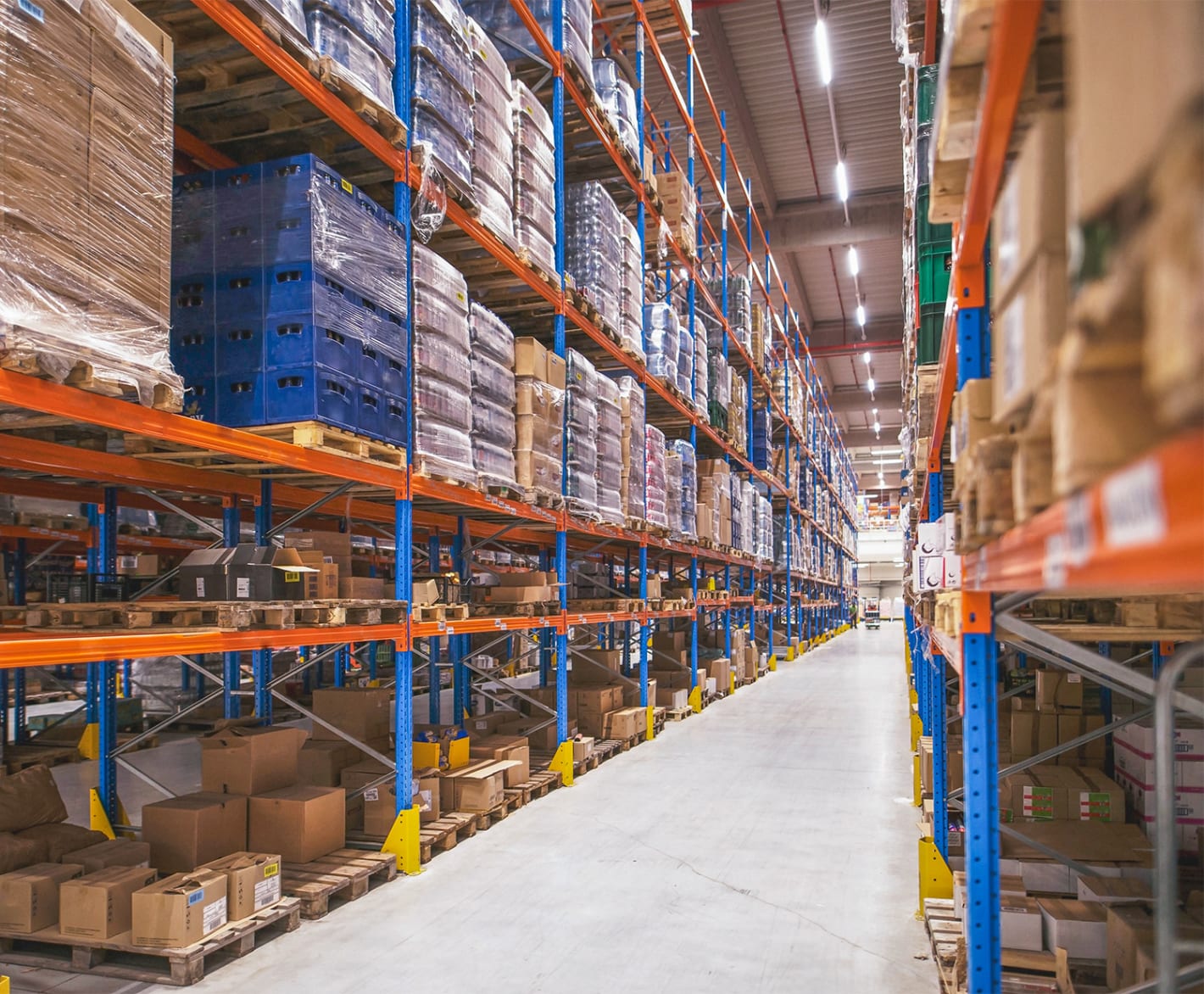
Temperature monitoring systems for biotech
Precision is non-negotiable in biotech. Opt for solutions that include accredited calibration, sensors with the required ranges and resolutions, full traceability, and support GLP practices. Go for flexible and customizable solutions to support varied research and development environments – with capabilities for rapid changes.
For biotech, choosing a temperature monitoring system that features automated data recording, real-time monitoring with instant alerts, and reliable deviation management can support data integrity and quality control, ensuring the balance required for sensitive samples, living cell cultures, biological reagents, and other high-value material is maintained.
As with pharma, compliance requirements are high, and similar features should be considered: FDA 21 CFR Part 11 compliance, data security, audit-easing tools, and R&D to GDP compliance.
For instance, look for:
- high-precision sensors and accredited calibration that supports Good Laboratory Practice (GLP).
- robust deviation management, digital reporting tools, and other features that will make your auditing process easier.
- scalability, easy onboarding, and user-friendliness to support the growth of your operation.
- automated, live data recording, real-time alerts, and reliable backups to support data integrity.
- compliance features based on your specific regulatory needs.
- a financial model that supports and adapts to your budget.

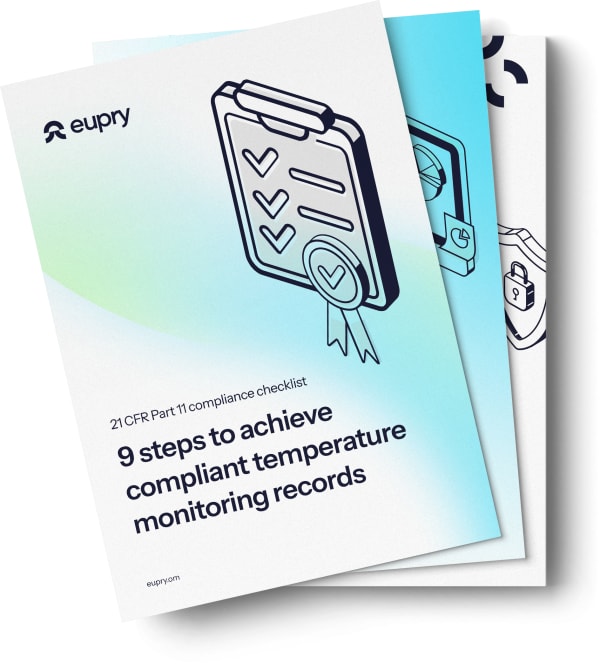
FDA 21 CFR Part 11 temperature monitoring - checklist
Simplify 21 CFR Part 11 compliance for your temperature monitoring with our 9-step checklist.
Gain full control over your temperature compliance
- Print audit reports in 3 clicks
- Reach quality experts 24/7
- Calibrate without swapping devices
A major pitfall of conventional temperature compliance is disconnected (often manual) processes that leave room for critical tasks to slip through the gaps.
Eupry’s solution is temperature compliance done smarter.
Through an ISO-accredited process, patented technology, hands-on support, and automated solutions, we bring temperature compliance together to supply you with a single source of truth for ALL your temperature data.
"A short way of describing our experience with the solution is simply that it is really easy to use. Both to get started and work with in day-to-day operations."
Allan Toft Jacobsen, COO at European Sperm Bank
8 compliance requirements for temperature monitoring you should know
When navigating the world of temperature monitoring in areas like pharma, biotech, and healthcare logistics, here are some essential compliance requirements you should know:
- FDA 21 CFR Part 11: This one focuses on managing electronic (temperature) records and signatures. Note that, even though it is an FDA standard, it frequently applies to organizations outside the US. Learn more about 21 CFR Part 11 in temperature monitoring.
- GxP Regulations: Think of GxP (Good X Practices) as the big umbrella of quality rules. It covers different areas like GMP (making sure products are consistently manufactured according to quality standards), GLP (keeping lab research reliable and high-quality), GDP (for top-tier distribution practices), etc.
- ISO 9001: The International Organization for Standardization’s (ISO) standard for quality management systems to ensure products and services consistently meet customer and regulatory requirements.
- ISO 17025: The golden standard for testing and calibration labs, making sure your temperature recordings are accurate. Learn more about ISO 17025.
- ICH Q10 (Pharmaceutical Quality System): Covers the whole pharmaceutical lifecycle, blending GMPs with quality systems and risk management.
- EU Annex 11 (Europe): Similar to FDA 21 CFR Part 11, but focuses on digital records in the European pharmaceutical sector.
- WHO Guidelines for Good Storage Practices: A global guideline to ensure correct storage conditions.
- EudraLex Volume 4 (for EU): Guides manufacturing, importation, and distribution of medicinal products in the EU.
This surface-level walk-through is not exhaustive. The specific requirements for your temperature monitoring practice depend on your industry, product types, equipment, clients, and much more.
Learn more about regulations in temperature compliance (and how to live up to them):

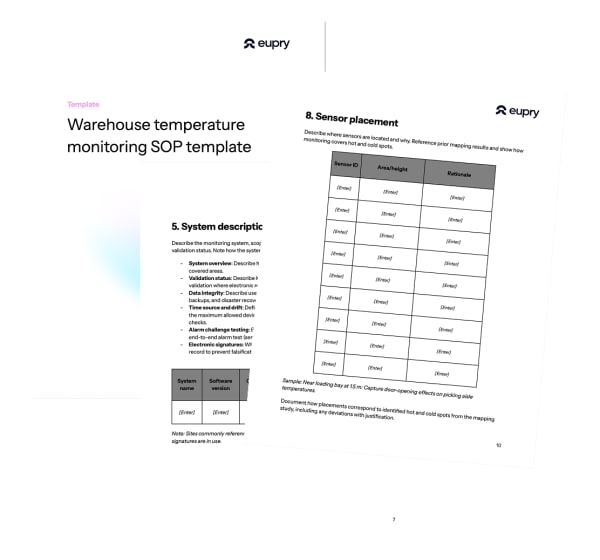
Download a free warehouse monitoring SOP template
Get a ready-to-use SOP template for pharmaceutical warehouse monitoring — covering sensor placement, alarm limits, responsibilities, and documentation in one step-by-step guide.
Not to brag, but…
At Eupry, we are ISO 9001 and ISO 27001 certified, our lab is ISO 17025 accredited, and our temperature monitoring solution includes a specialized FDA 21 CFR Part 11 module.
FAQ: General temperature monitoring
Frequently asked questions about temperature and humidity monitoring.
FAQ: Temperature monitoring systems and devices
FAQ: Temperature monitoring use cases

Automated temperature compliance in one place – no gaps
Be in full control of your temperature monitoring at all times. Learn more in the free product catalog.
Smarter temperature monitoring with Eupry
- Monitor in real-time on any screen
- Audit reporting in 3 clicks
- Calibrate without swapping devices
Eupry offers a connected process and wireless solution, gathering all your temperature compliance efforts under one (digital) roof to always have the data you need at your fingertips.
Discover how Eupry's temperature monitoring solution works.

Client Testimonials
3 ways to learn more
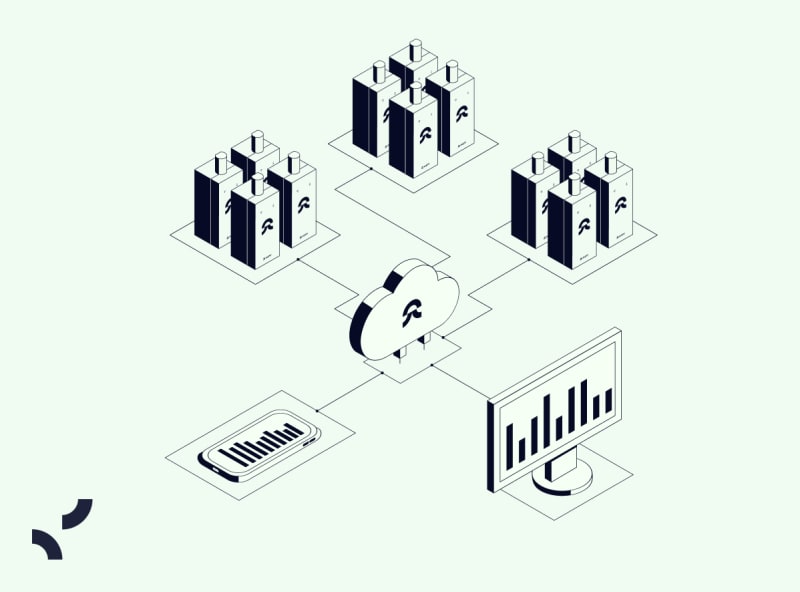
Everything you need to know about temperature monitoring systems

21 CFR Part 11 compliant monitoring systems: What to look for?

How to unify temperature compliance to minimize manual work
Ready to get started?
Gain full control of your temperature compliance today.
Explore what the solutions can do for you, or contact us directly to learn more.
Free compliance guide
Learn 6 strategies to spend (way) less time on manual temperature compliance.
Learning videos
Check out our on-demand webinars about everything from understanding 21 CFR Par 11 to strategic advice for automating your entire temperature compliance.

